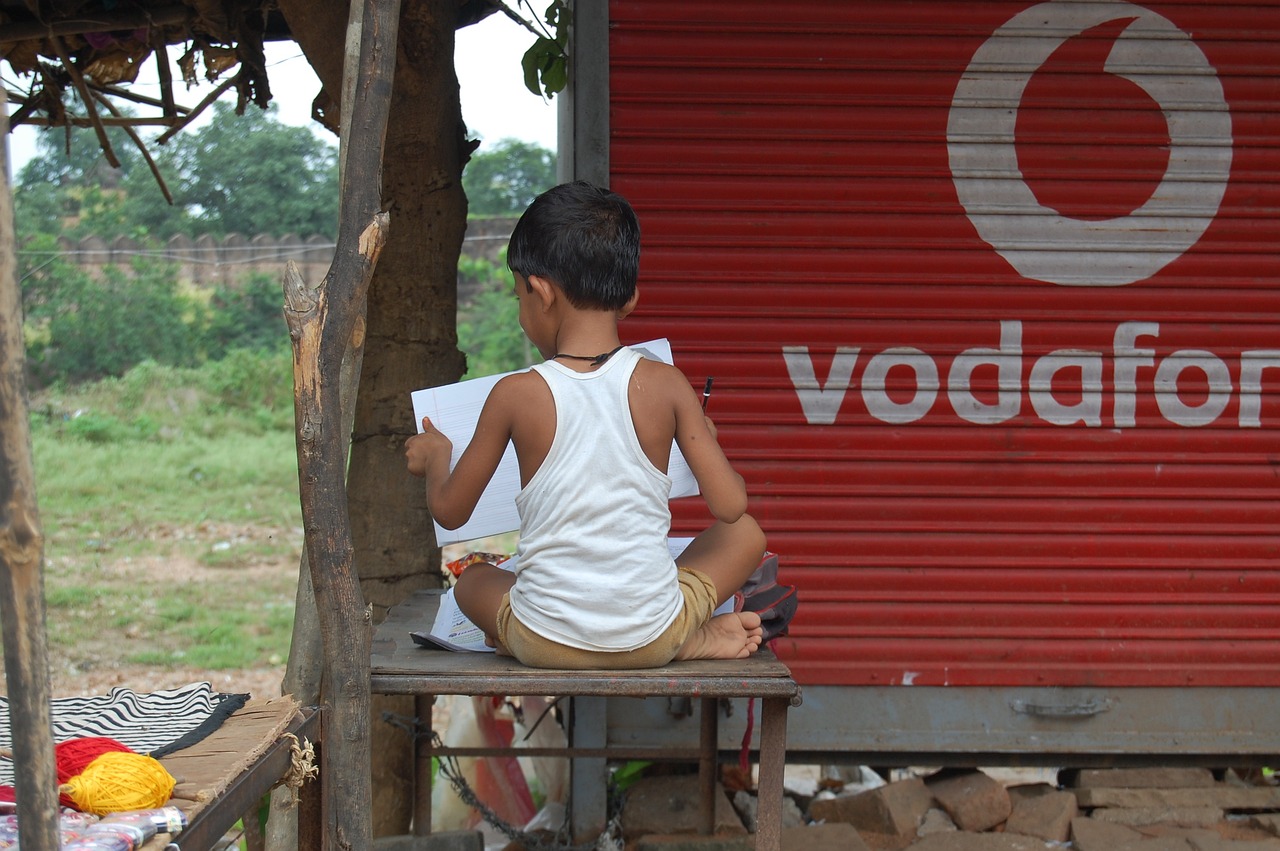Child Education

Child Education
India is a country of contrasts, where the urban and rural populations are vastly different in their way of life and standard of living. While education has been made mandatory by the Indian government for children aged between 6 and 14 years, the quality of education in rural areas remains a significant concern. According to statistics, the literacy rate in rural India stands at a meagre 59%, which is considerably lower than the urban literacy rate of 80%.
One of the primary reasons for this disparity is the lack of proper infrastructure in rural areas. Many rural schools do not have the necessary resources, such as libraries, computers, or even proper classrooms. The shortage of trained teachers is also a significant problem in rural areas. The unavailability of trained educators results in inadequate teaching and poor-quality education, leading to a lack of interest in studies among children.
Another issue is that many families in rural areas are unable to afford the cost of education, which further contributes to low enrolment rates. Families who do manage to send their children to school are often forced to withdraw them due to poverty or social norms that prioritize boys' education over girls'. As a result, the dropout rates in rural schools are much higher than in urban areas.
The lack of education has far-reaching consequences on children's future prospects, as it limits their potential and hinders their ability to break out of the cycle of poverty. Education is not only essential for a child's intellectual and social development but also critical for their economic and personal growth. Studies have shown that educated children are more likely to have better job opportunities, earn higher salaries, and enjoy better health outcomes.
It is crucial to address the issue of education in rural India if we want to achieve long-term sustainable development. There is an urgent need to provide rural children with access to quality education and equal opportunities to learn and grow. This requires a multi-pronged approach that includes improving infrastructure, providing resources, and training teachers in rural areas. Additionally, it is vital to raise awareness about the importance of education, especially among parents and families who may not see the value in investing in their children's education.
As concerned citizens, we can all play a role in ensuring that every child in India has access to quality education, regardless of their socio-economic background. By supporting organizations that work towards improving education in rural areas, we can make a difference in the lives of thousands of children who are currently deprived of this basic human right. Every contribution counts, no matter how small, and together, we can build a brighter future for the children of rural India.
Current Sponsors.
Supporting this cause helps put a little bit back in to the community. Giving back to those less fortunate is more than just an act of kindness — it’s the right thing to do.





